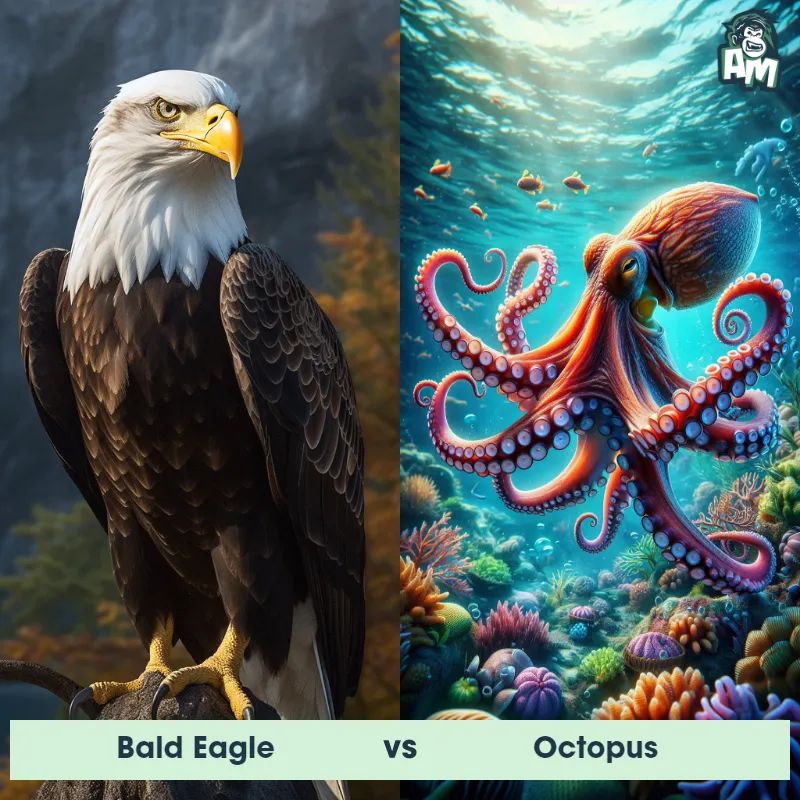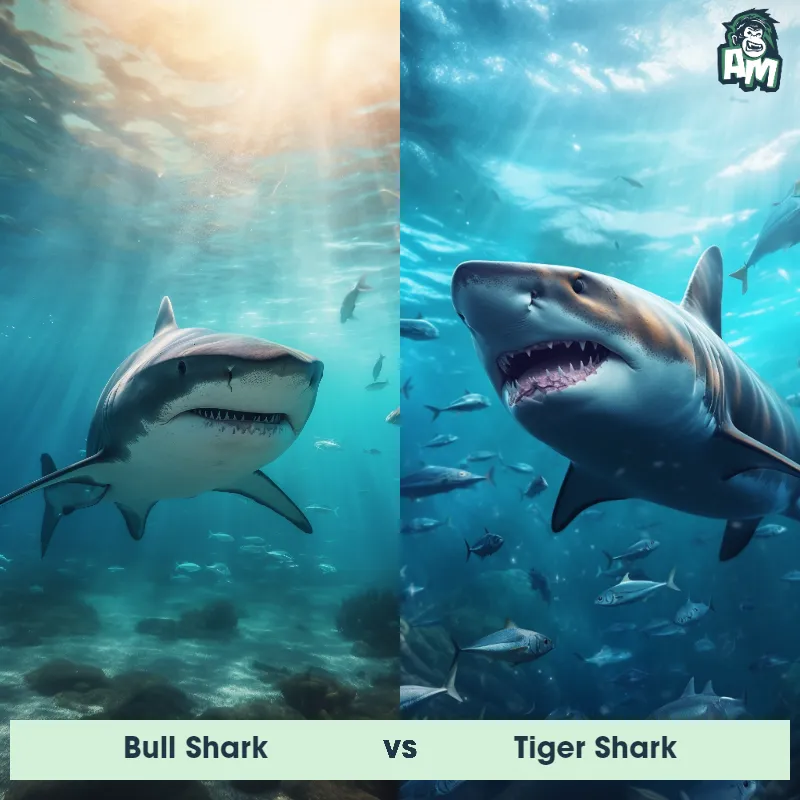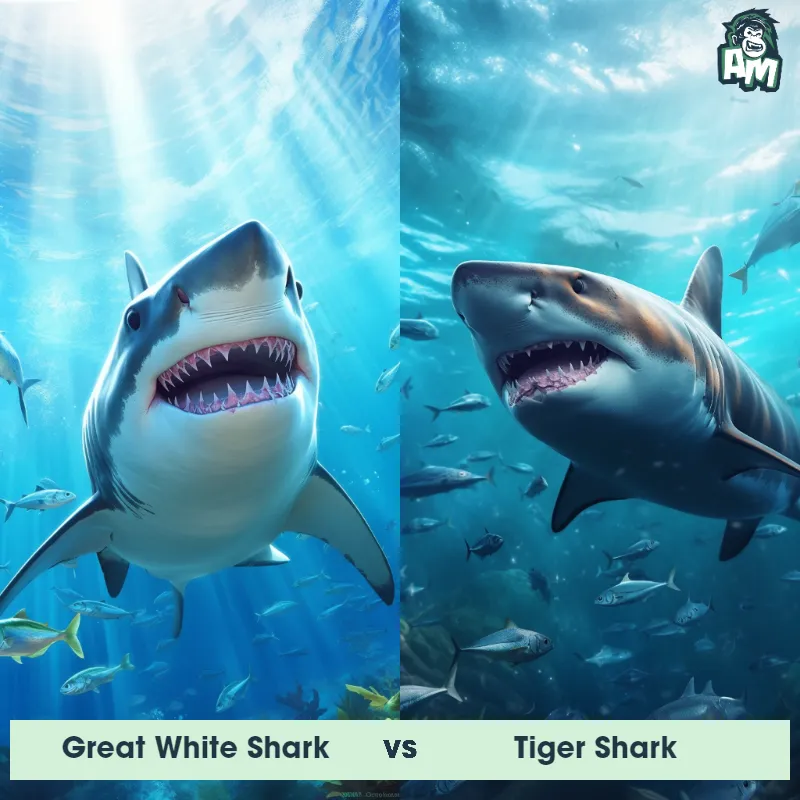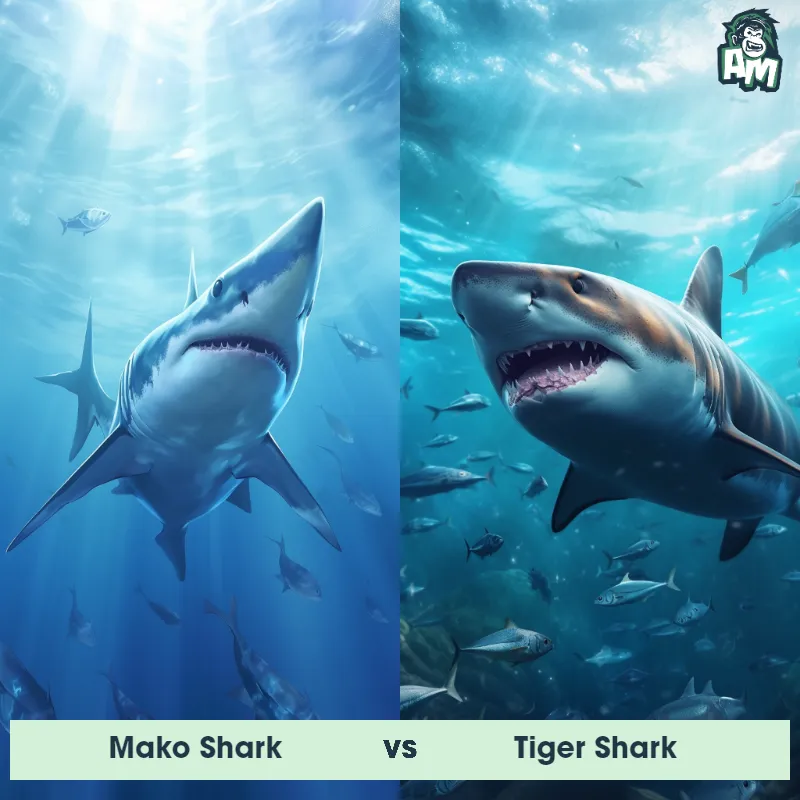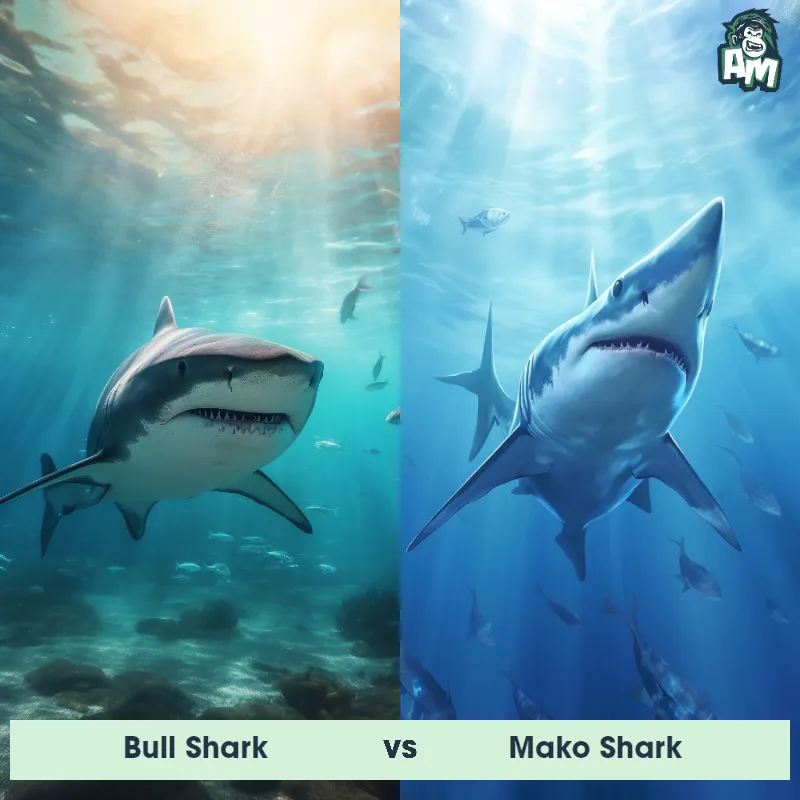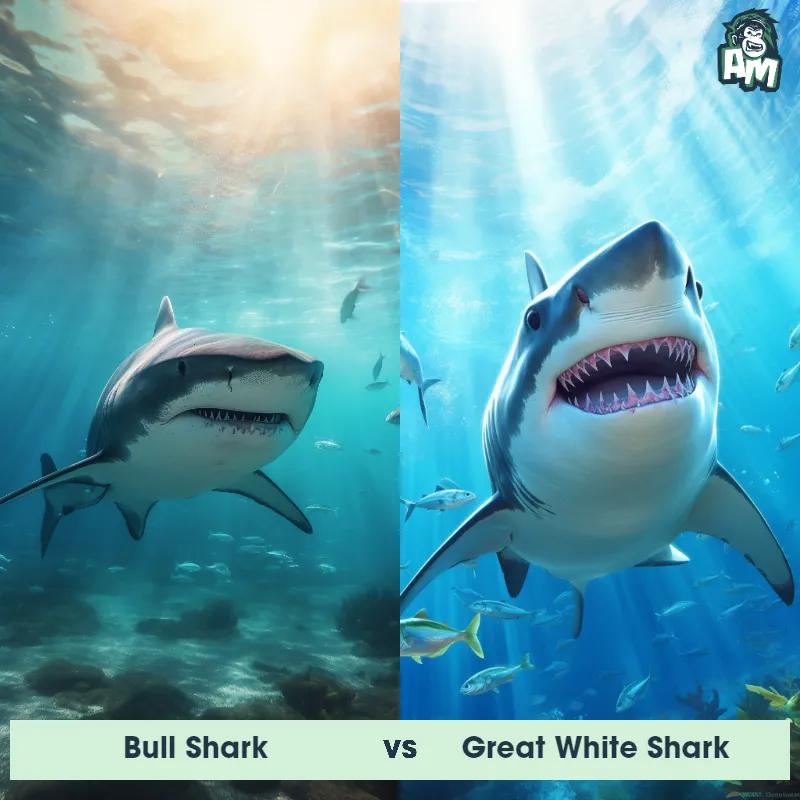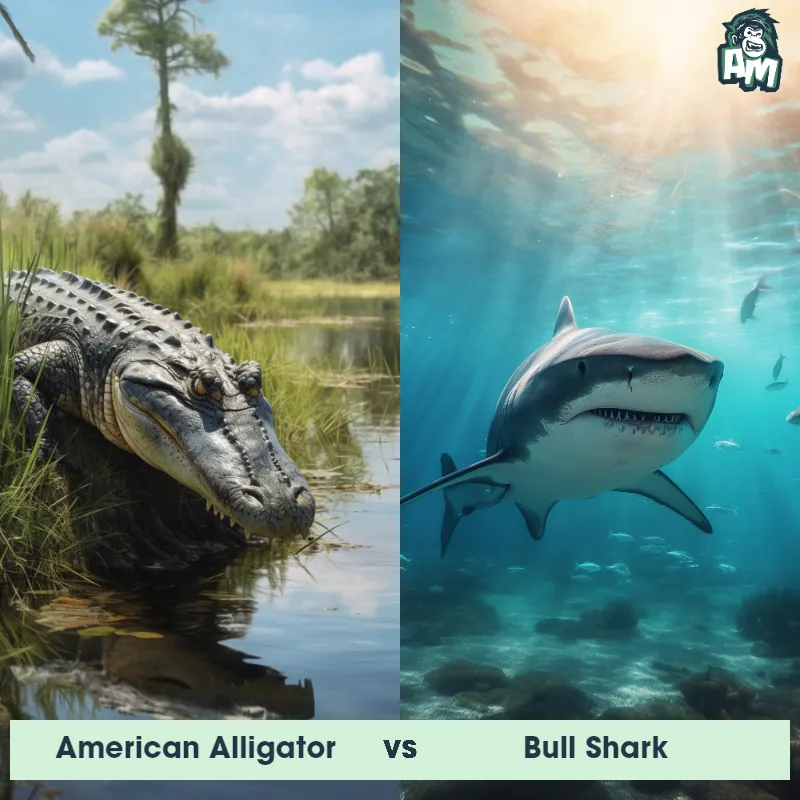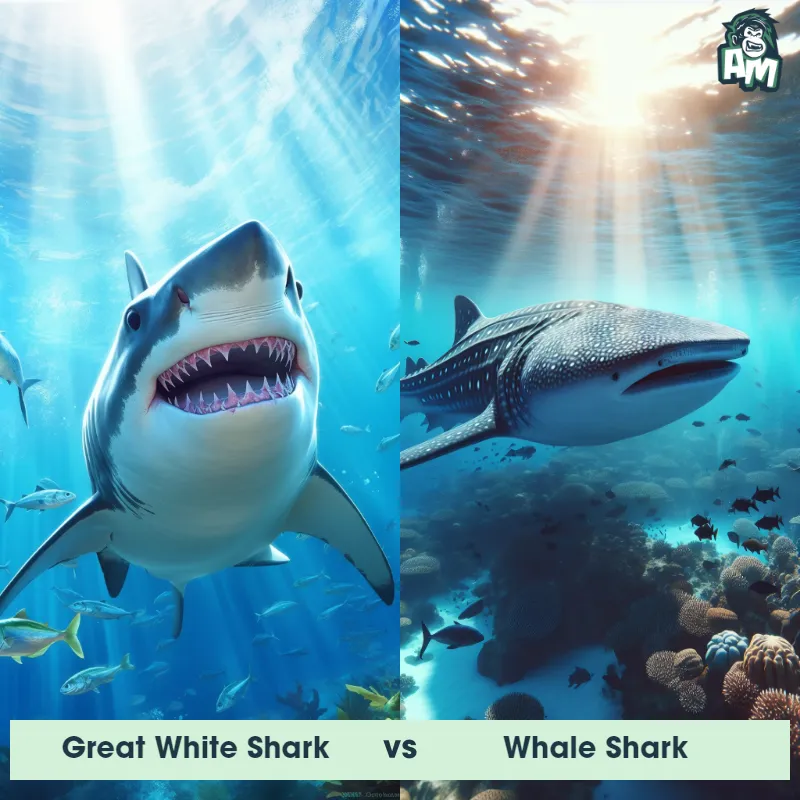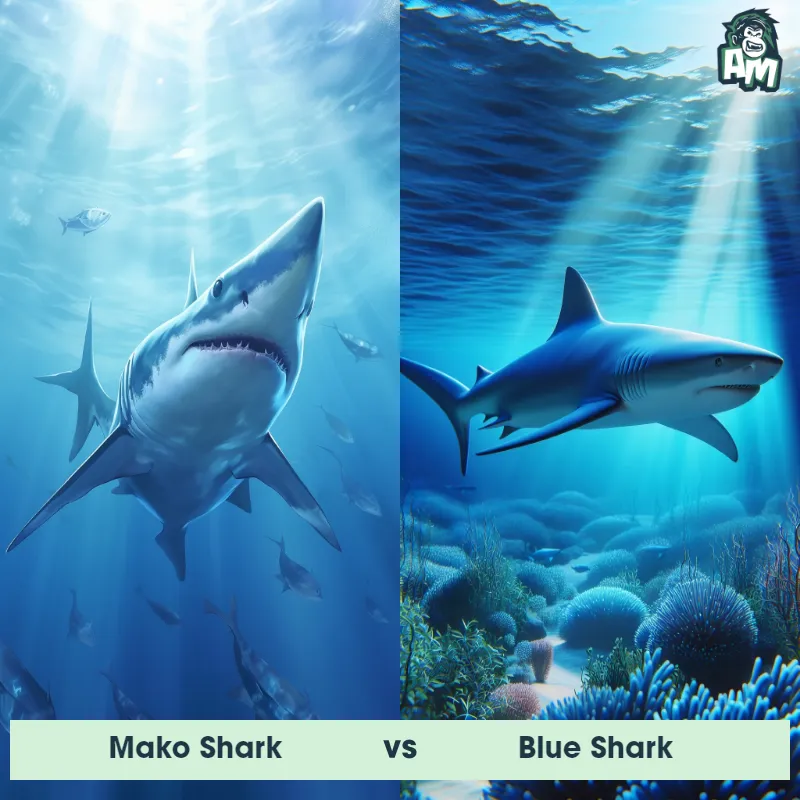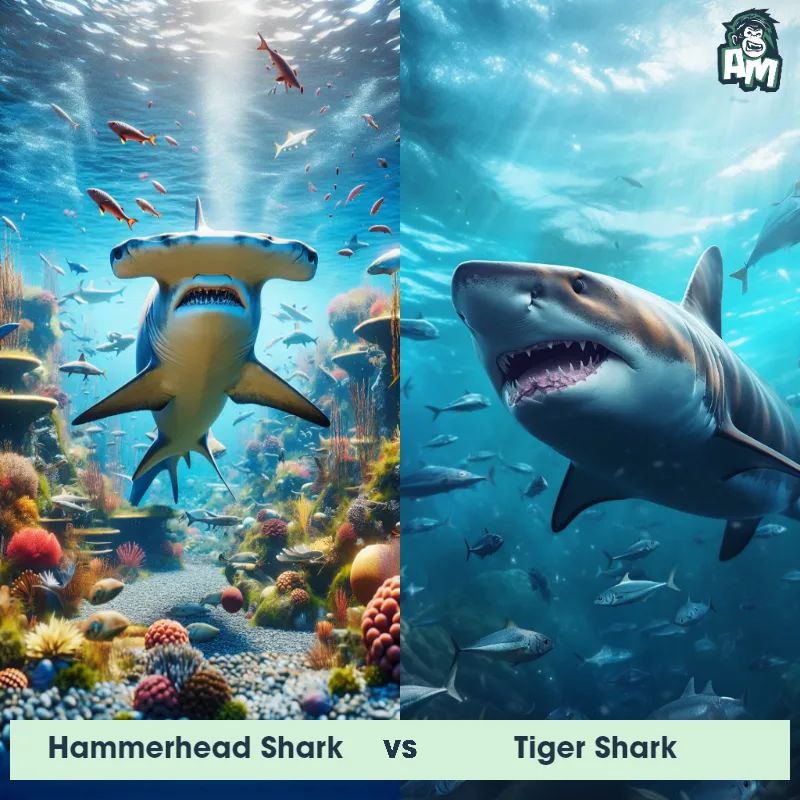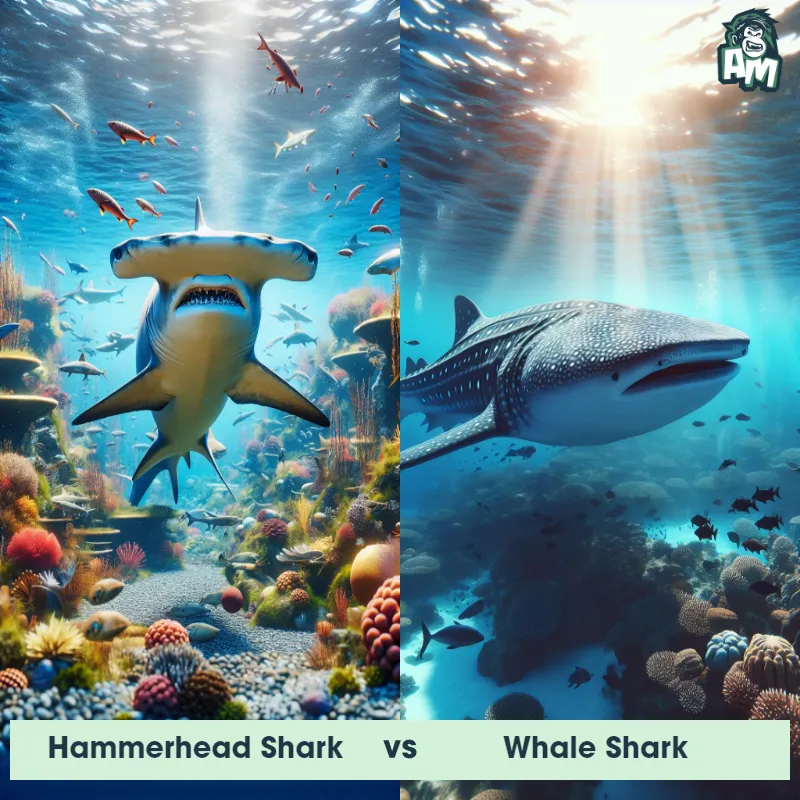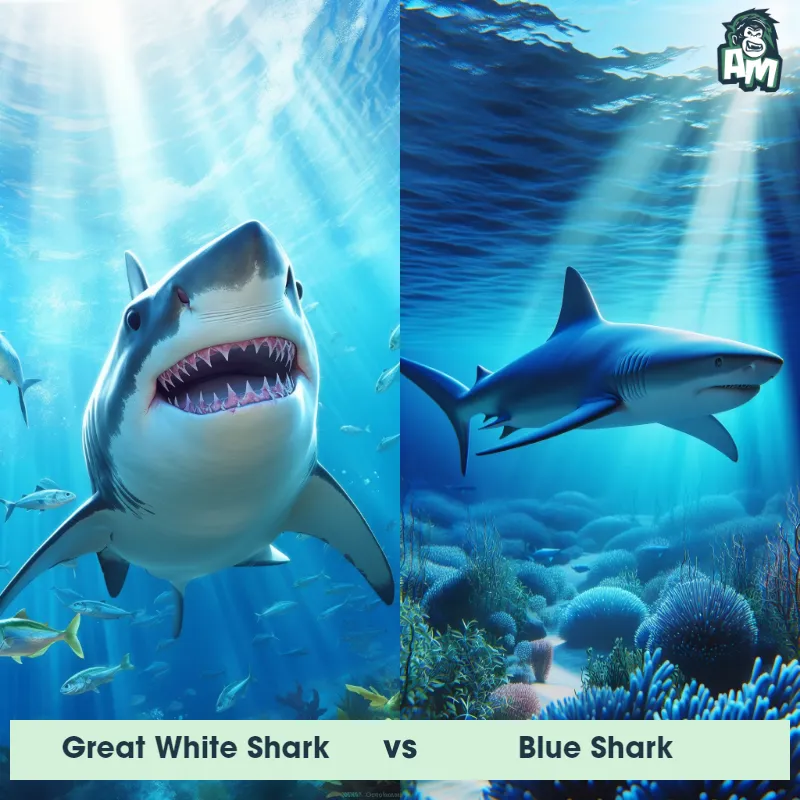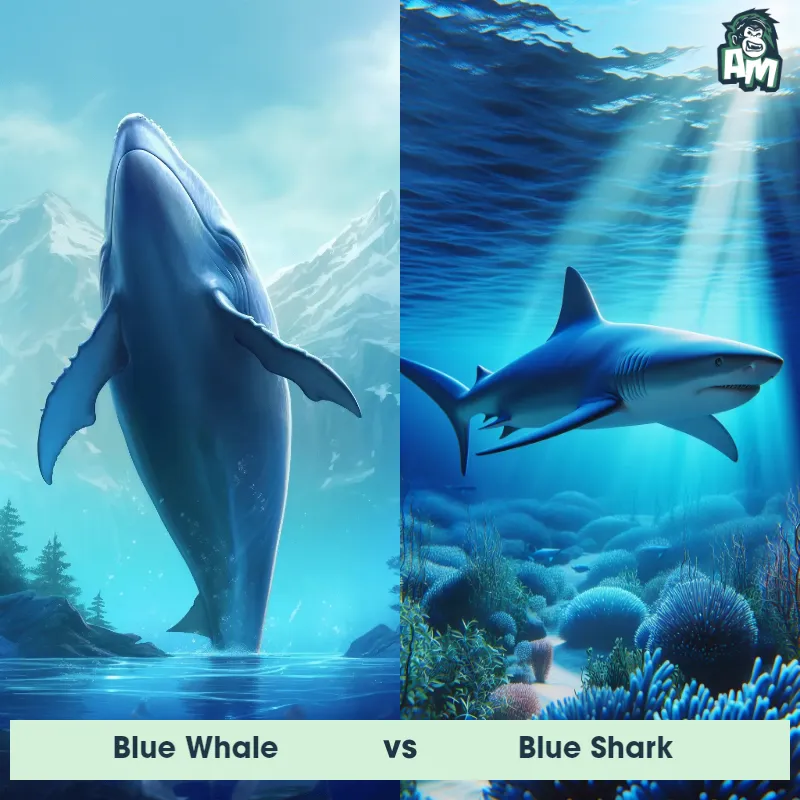Whale Shark vs Blue SharkSee Who Wins

Ladies and gentlemen, welcome to the ultimate showdown between two of the ocean's most fearsome predators. In the blue corner, we have the sleek and powerful Blue Shark. And in the gray corner, we have the massive and mighty Whale Shark. Get ready for a thrilling 3-round battle you won't soon forget.
Contender 1: Whale Shark
The Whale Shark, known scientifically as Rhincodon typus, is the largest fish species in existence, reaching lengths of up to 40 feet and weighing around 20 tons. This gentle giant has a distinctive flattened head, a wide mouth lined with rows of small teeth, and a broad, rounded snout. Its body is covered in a unique pattern of light spots and stripes against a dark blue-gray color, which helps in camouflage. Despite its massive size, the Whale Shark is considered a filter feeder, sieving huge volumes of water through its gills to capture tiny plankton, small fish, and even small squid.
Fun Fact: The Whale Shark holds the title for being the largest fish in the ocean, but it is actually not a whale at all! It is a species of shark, classified under the order Orectolobiformes, which includes other well-known sharks like the Nurse Shark and the Wobbegong Shark.
Contender 2: Blue Shark
The Blue Shark, also known as Prionace glauca, is a species of mackerel shark that can be found in various oceans around the world. These sharks are known for their slender yet streamlined bodies, enabling them to swim swiftly through the water. They have long, pointed snouts and large, dark eyes. Their bodies are primarily blue in color, hence the name, and they have a white underbelly. Blue Sharks also possess multiple rows of sharp, triangular teeth used for capturing prey. They are known to be highly migratory, often traversing long distances in search of food.
![[object Object] Gif](https://tenor.com/view/blue-shark-boop-gif-4331805278509584479.gif)
Fun Fact: Blue Sharks are known for their impressive hunting abilities, as they can detect even the faintest electrical signals given off by their prey using specialized pores called ampullae of Lorenzini, which are present on their heads. This remarkable electroreception sense allows them to locate their prey even in dark or murky waters.
Matchup Stats
| Whale Shark | Blue Shark | |
|---|---|---|
| Size | Up to 40 feet (12 meters) | Up to 12 feet (3.8 meters) |
| Weight | Around 20 tons (18,000 kilograms) | Up to 400 pounds (180 kilograms) |
| Speed | 3mph (5km/h) | 25 mph (40 km/h) |
| Key Strength | None | Strong swimming and agility |
| Biggest Weakness | None | Relatively timid and avoids confrontation |
Current Votes
Whale Shark vs Blue Shark
See Who Wins
View More Matches
Looking For More?
Similar Matches
Scientific Stats
| Whale Shark | Blue Shark | |
|---|---|---|
| Scientific Name | Rhincodon typus | Prionace glauca |
| Family | Rhincodontidae | Carcharhinidae |
| Habitat | Open ocean | Open ocean |
| Geography | Tropical and warm waters worldwide | Various oceans worldwide |
| Diet | Plankton, small fish, and small squid | Feeds on fish, squid, and other marine animals |
| Lifespan | 70 years - 100 years | 20 years - 30 years |
Key Differences between Whale Shark and Blue Shark
- Body shape: The Whale Shark has a wide, flattened head and a very large mouth, in contrast to the sleek, torpedo-shaped body of the Blue Shark.
- Fins: Whale Sharks have a more rounded dorsal fin and two prominent pectoral fins, while Blue Sharks have a long, pointed dorsal fin and small pectoral fins.
- Behavior: Whale Sharks are filter feeders that primarily consume plankton and small fish, while Blue Sharks are active predators that hunt larger fish and squid.
- Coloration: Whale Sharks have a distinctive pattern of light spots and stripes on a dark background, while Blue Sharks are solid blue on top with a white underside.
- Tail: The Whale Shark has a larger, more paddle-like tail that helps propel its massive body through the water, whereas the Blue Shark has a more typical shark tail with a distinct upper lobe.
- Size: The Whale Shark is significantly larger, reaching lengths of up to 40 feet, while the Blue Shark typically only grows to about 12 feet.










